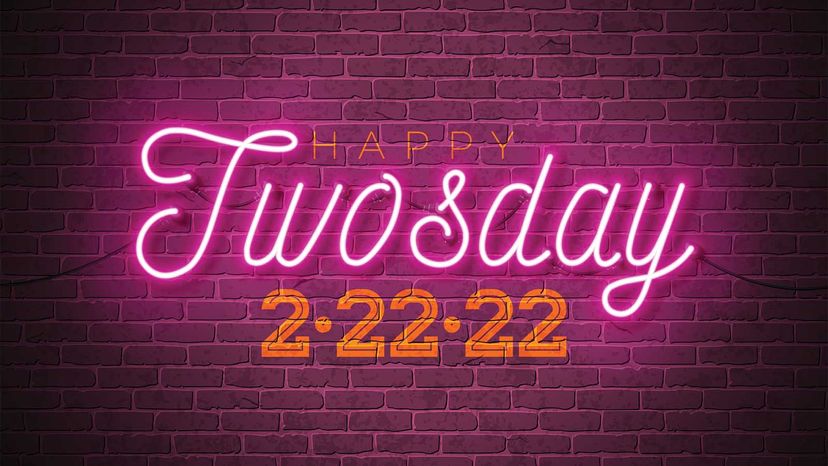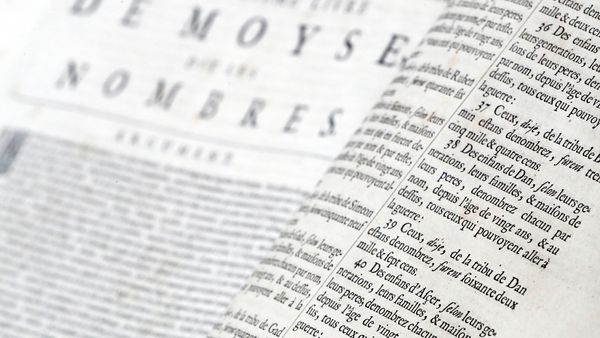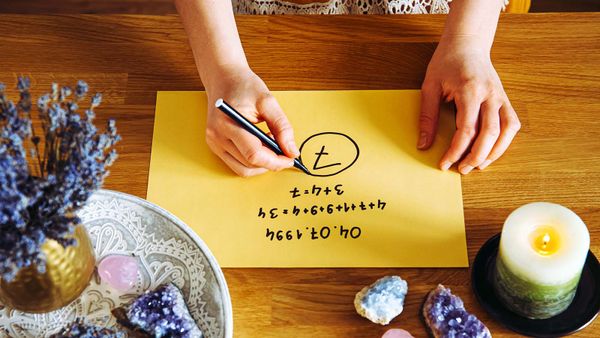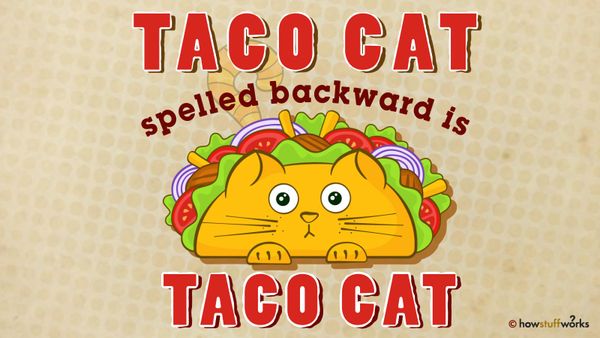I was 10 years old when I first encountered numerology. A fellow coin collector showed me a clear plastic case holding two gleaming specimens: a copper Lincoln penny and a silver John F. Kennedy half dollar. On the back of the case was a printed label with numerical "facts" linking the two presidents.
For example:
6: day of the week – Friday – of both assassinations
7: letters in Kennedy's and Lincoln's last names
15: letters in both assassins' names
60: year elected – Lincoln 1860, Kennedy 1960
When you compile enough of these, it gets eerie. The experience was astonishing enough that I still recall it over a half-century later.
Are the Lincoln-Kennedy facts just coincidences? What gets overlooked is that they've been drawn from a pool of hundreds or thousands of numerical possibilities. Throw away the boring ones and you've framed the remaining coincidences in a way that gives them more credit than they deserve.
Another way of drawing eerie coincidences from very large pools of possibilities was exploited in "The Bible Code," a bestselling book in the 1990s. The author, Michael Drosnin, took the Old Testament and arranged it into a grid of text. A computer algorithm highlighted skip patterns in the grid, such as "every fourth character," or "2 across, 5 down," to produce a huge database of letter strings. These were then sifted by another algorithm that searched for words and phrases, and distances between them.
The method seemed to foretell many historical events, including the murder of Israeli Prime Minister Yitzhak Rabin in 1995: A particular skip pattern yielded his name near the phrase "assassin that will assassinate."
Findings such as these can seem impressive. However, critics have proven that the method works just as well using any sufficiently lengthy text. Drosnin himself laid down this gauntlet by challenging critics to find Rabin's assassination foretold in the novel "Moby-Dick." Mathematician Brendan McKay did exactly that, along with "prophecies" for many other deaths, Lincoln's and Kennedy's included.
Which coincidences people pay attention to is largely a social phenomenon. What sociologist Erich Goode terms "paranormalism," a nonscientific approach to extraordinary claims, is sustained and transmitted by group customs, norms and institutions. "The Bible Code" couldn't exist without religion, for example, and its popularity was fueled by mass media – such as its author's interviews on "The Oprah Winfrey Show" and elsewhere.
In her book "Scientifical Americans," science writer Sharon Hill makes a compelling case that popular culture in the U.S. helps to foster safe havens for individual and collective belief in the pseudoscientific and paranormal.
As for "Twosday," I'll conclude by plumbing its "hidden meaning." Take the three roots of 02, 22 and 2022. We arrive at 2 + 4 + 6 = 12, and the destiny number 3. Some numerologists associate this number with optimism and joy. Though I may reject the messenger, I'll accept that message.
Barry Markovsky is a distinguished professor emeritus of sociology at the University of South Carolina where he researches group processes, social psychology, social networks, methods of theory construction, experimental research and computer simulations.
This article is republished from The Conversation under a Creative Commons license. You can find the original article here.



